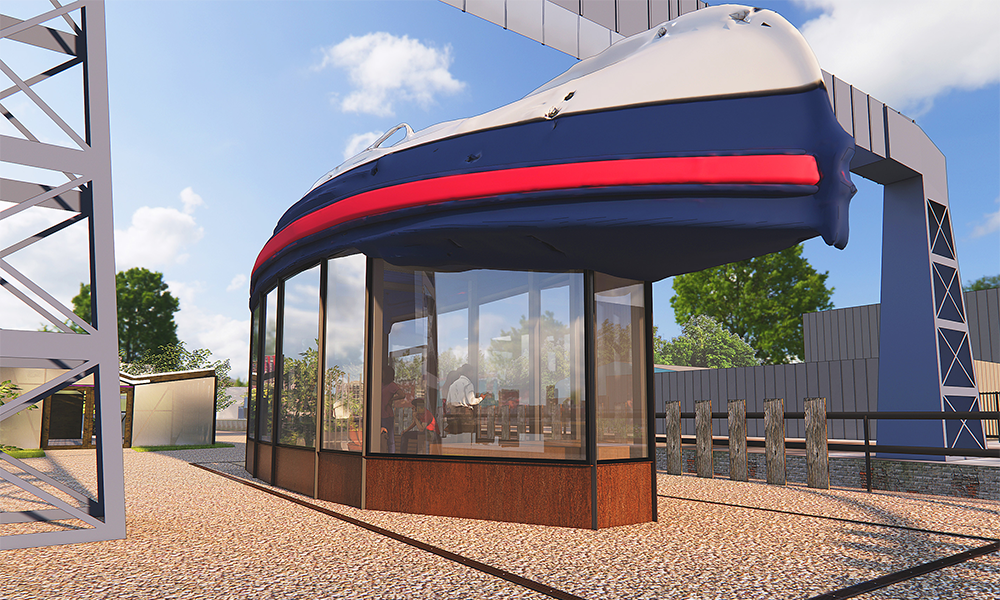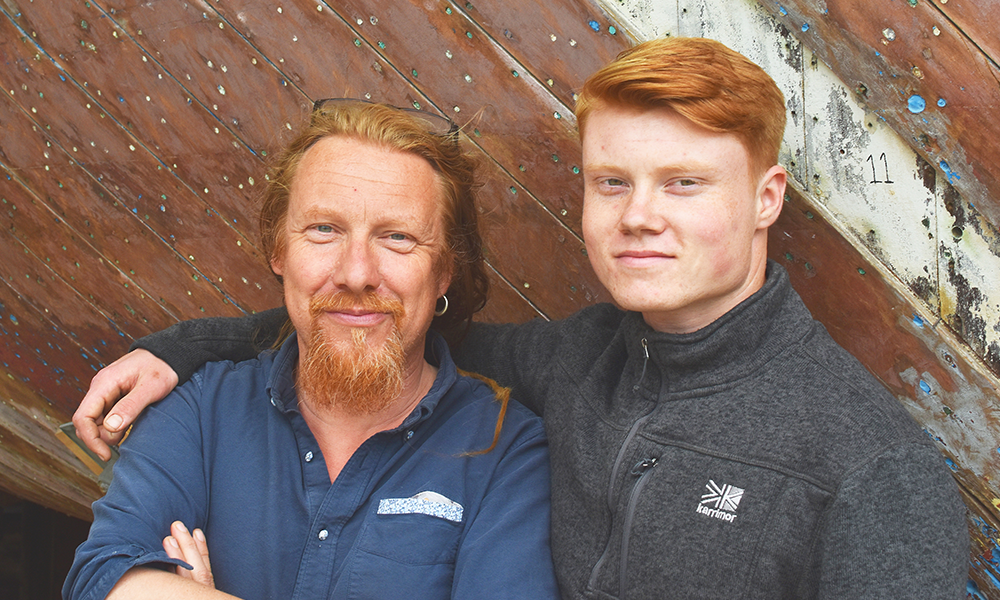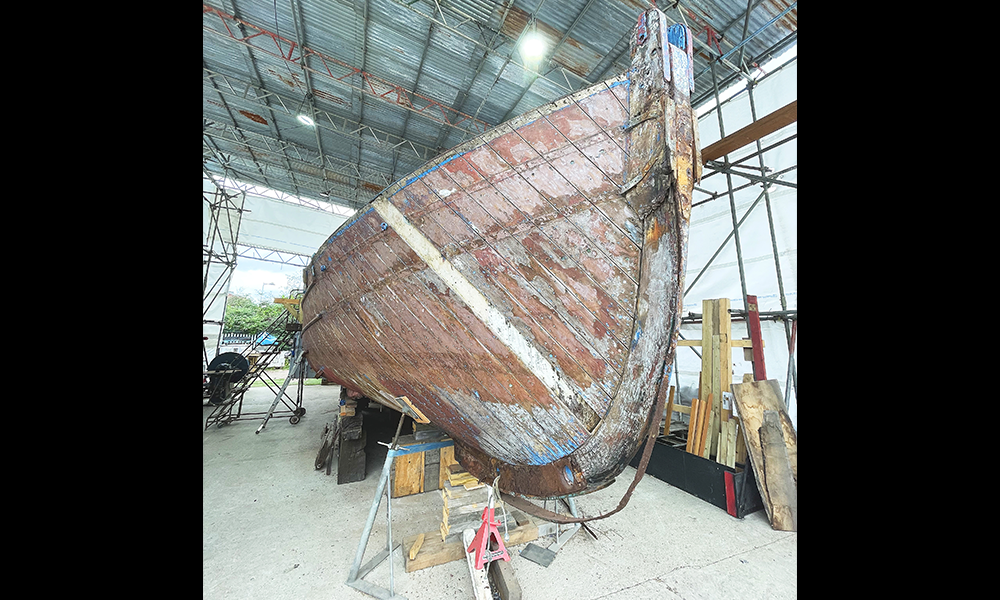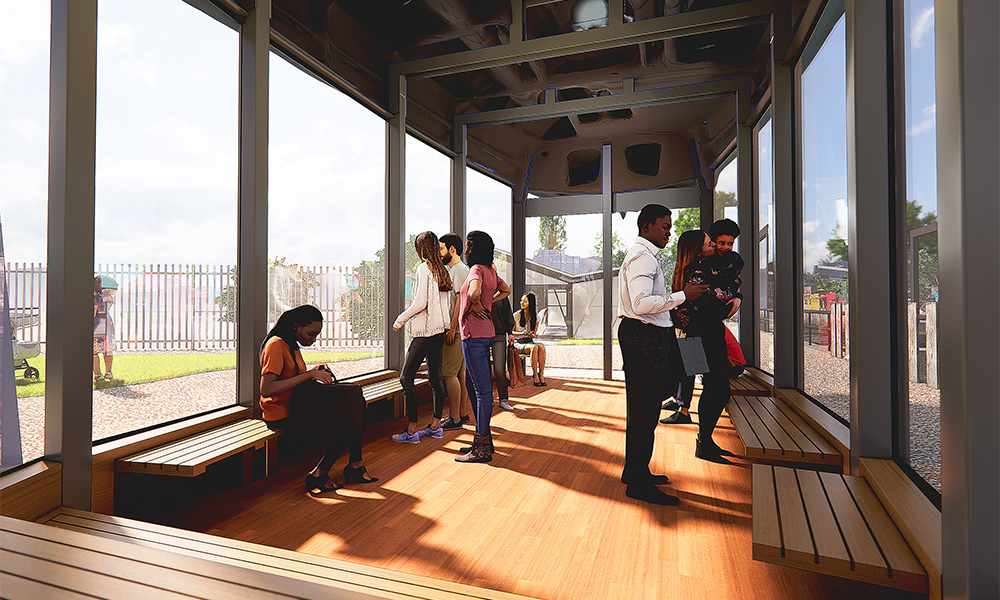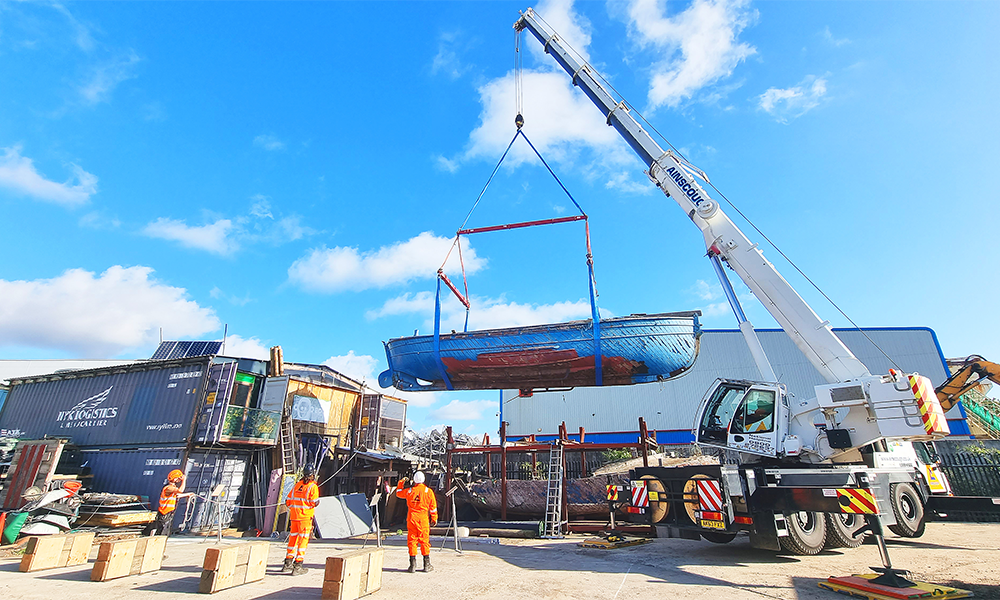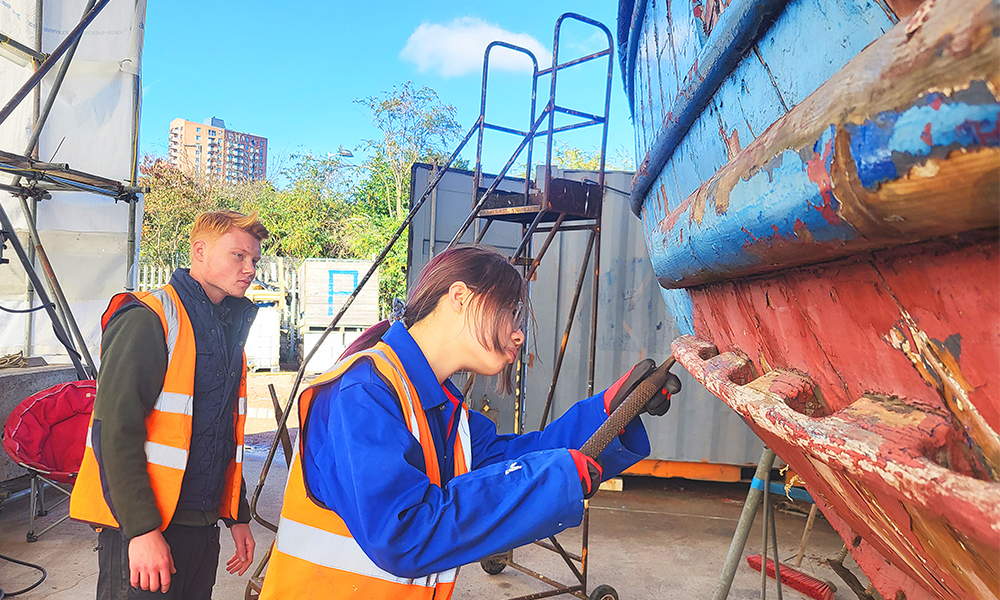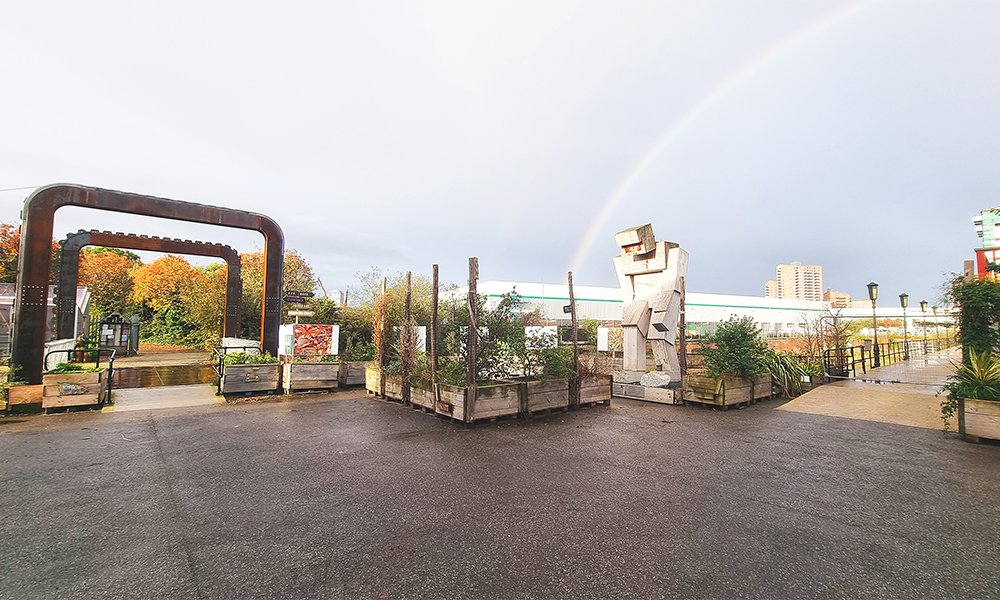Peabody New Homes has unveiled collection of properties at Berkeley Homes’ Twelvetrees Park
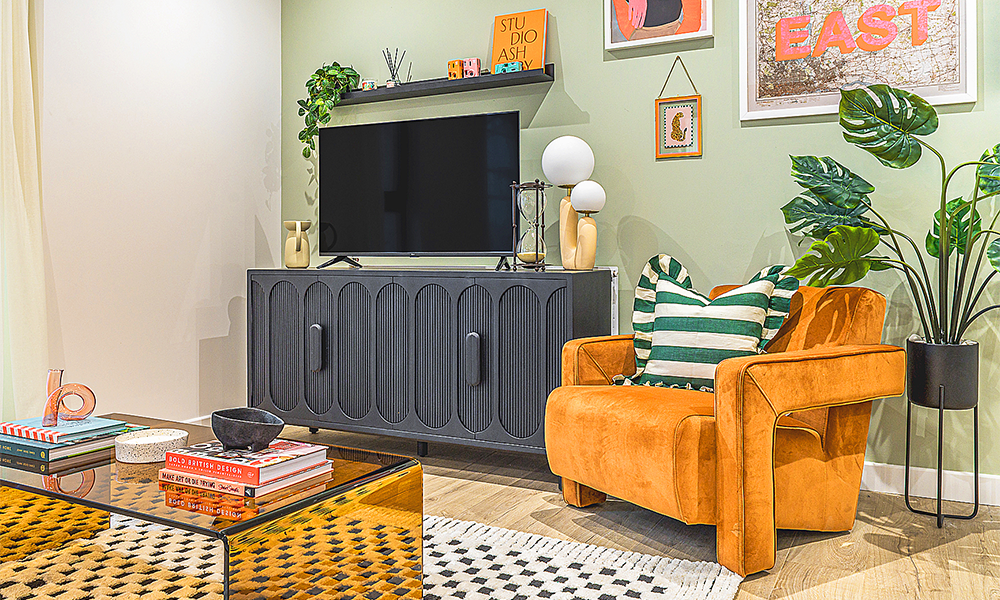
Subscribe to our free Wharf Whispers newsletter here
Shared ownership properties at West Ham Village have gone on sale.
Peabody New Homes has released a collection of studio, one and two-bedroom apartments at a development with direct access to West Ham station offering a multitude of connections.
Hitting the market recently, the properties are situated in the 14-storey Cherry Point and form part of Berkeley Homes’ extensive Twelvetrees Park scheme on the site of a former gasworks.
“An unmissable opportunity for east London’s aspiring homebuyers, our shared ownership collection at West Ham Village is a calming retreat within easy reach of the bustling city centre,” said Joe Farrington, head of sales for West Ham Village at Peabody New Homes.
“Cherry Point is a remarkable selection of homes at the heart of a growing community, benefiting from a new neighbourhood where buyers need not travel far to embrace extensive amenities and leisure pursuits.
“Now launched, we urge prospective buyers looking to be amongst the first to discover this shared ownership collection by registering their interest on our website now.”
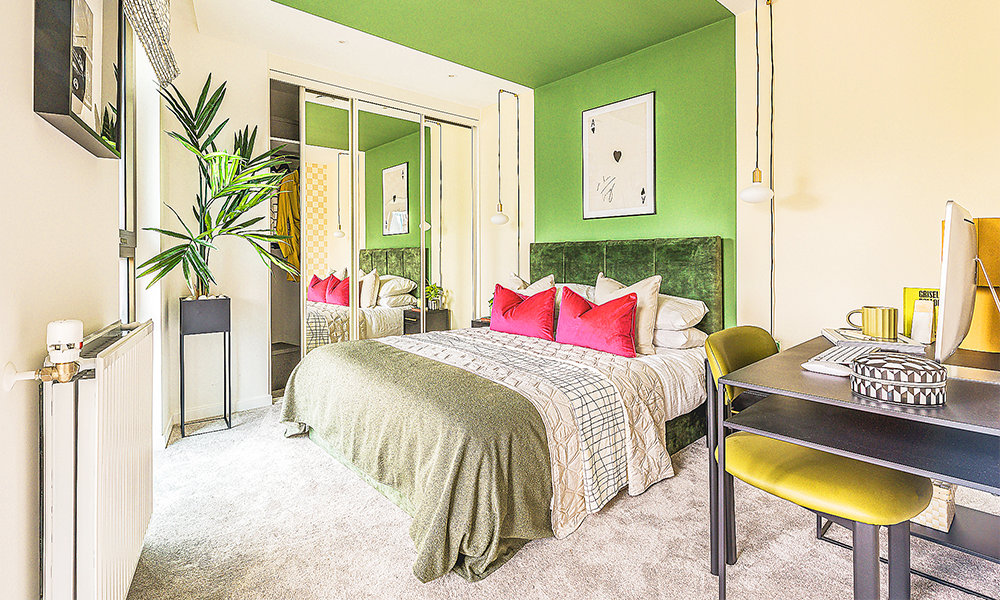
new homes at West Ham Village
The properties themselves feature open-plan design with oak laminate flooring and carpets in the bedrooms.
Fitted kitchens naturally come with integrated appliances and some properties come with private outdoor terraces.
Based on the development’s brochure, buyers can expect studios at around 550sq ft, one-beds at 630sq ft and two-beds between 730sq ft and 830sq ft.
On-site amenities will include a Sainsbury’s Local and plans for restaurants and cafés around a central square that promises to host seasonal markets, coffee stalls and street food vendors.
Perhaps the key selling point for West Ham Village is its transport links – a key consideration for anyone buying in London.
The station is in Zone 2, offering Jubilee, District, Hammersmith And City, DLR and C2C services, meaning residents will be able to get to vast swathes of the capital in less than half an hour.
Stratford and Canary Wharf are a three or seven-minute journey away once you’re on the train making for a rapid commute to either destination.
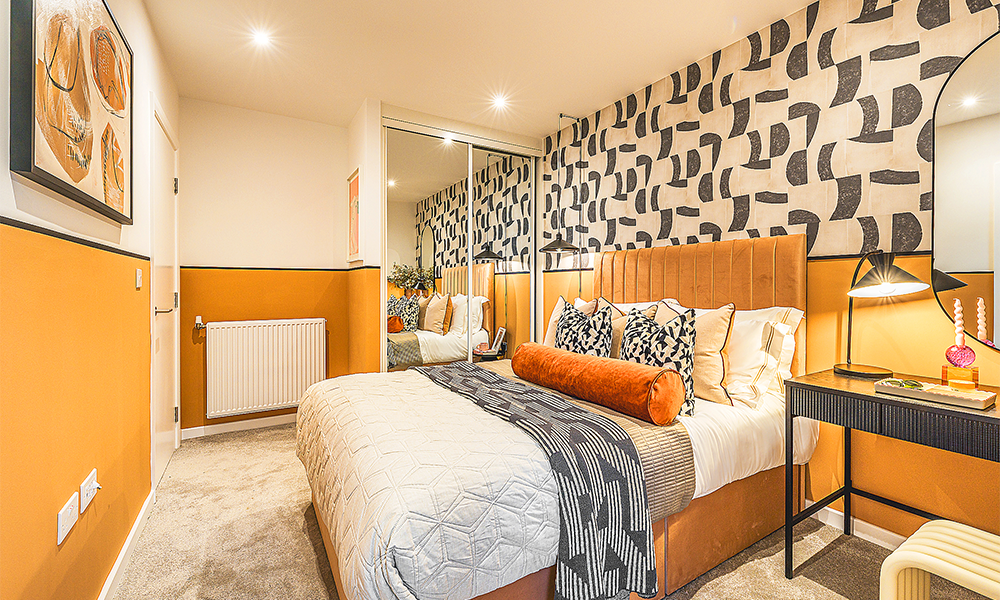
at the heart of east London’s regeneration
Positioned between these two flourishing regeneration projects and connected directly to Greenwich Peninsula and Canning Town, the scheme forms part of the second big wave of east and south-east London renewal, which is currently under way.
As the major powerhouse projects continue to drive prosperity across the area, places like West Ham, Bow, Poplar and the south of the Isle Of Dogs are all slated for growth and change.
This will increasingly see the gaps between the larger schemes shrink as developers turn their attentions to fresh opportunities, aiming to capitalise on the existing attractions of neighbourhoods.
For West Ham Village, these include the quirks of Star Lane including Cody Dock’s impressive ecological regeneration (including the world’s only hand-cranked rolling bridge), Fold nightclub and the Star Lane Pizza Bar, a heady blend of food, music, recording facilities and workspace.
But in such a well-connected location, there’s also the opportunity to shop on the Wharf or in Stratford and discover the true wealth of amenities east London now offers.
Soon these will include the cultural titans of East Bank, home to two V&A museums, the BBC’s music operation, Sadler’s Wells East and the vibrant student communities of UCL and the London College Of Fashion.
Who wouldn’t want to be right at the heart of all that?
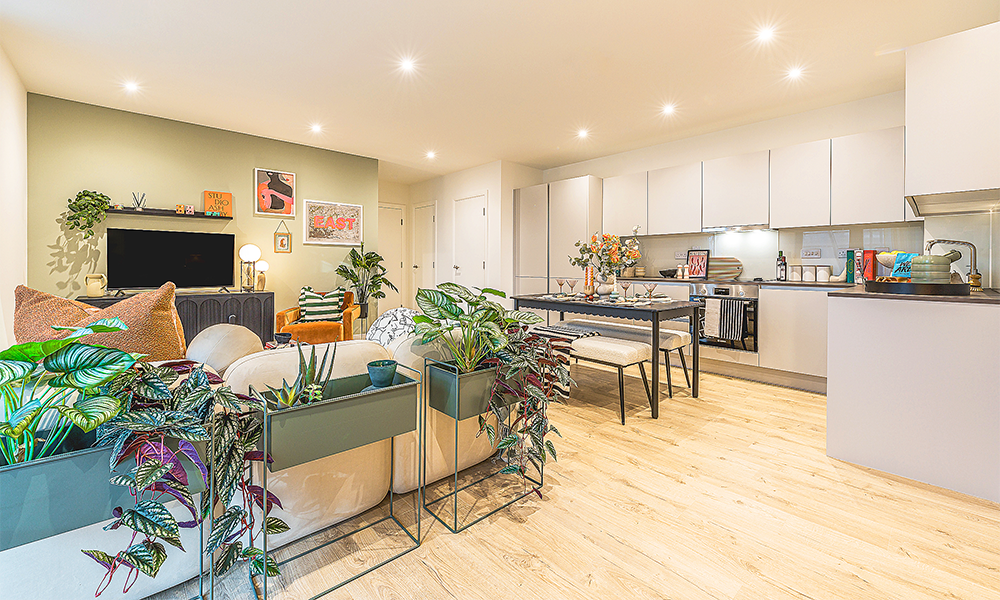
key details: West Ham Village
Prices for a shared ownership property at West Ham Village start at £98,750 for a 25% share of a studio based on a full market value of £395,000.
Find our more about the shared ownership properties here
Read more: How Mike Joslin’s Bombe uses tech to help companies understand customers




